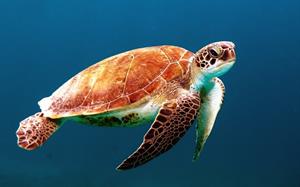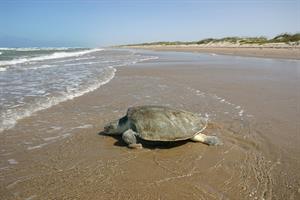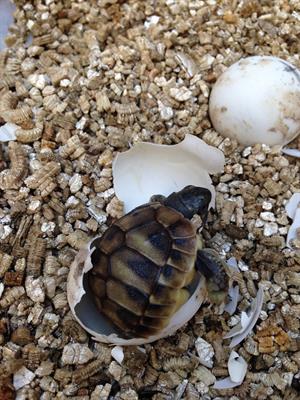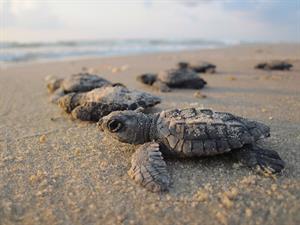
PUMPA - SMART LEARNING
எங்கள் ஆசிரியர்களுடன் 1-ஆன்-1 ஆலோசனை நேரத்தைப் பெறுங்கள். டாப்பர் ஆவதற்கு நாங்கள் பயிற்சி அளிப்போம்
Book Free Demo
- The Olive Ridley - the smallest species, most common - 35 kgs when fully grown.
- The Hawksbill
- The Green Sea Turtle
- The Loggerhead
- The Leatherback - the largest species - 700 kgs and 2.2 metres in length.
- When - January to March
- Time - Night
- Where - On the shore
- Problem - Difficult to move with their front flippers on land (though it can swim easily without any effort in the water). It has to pull and drag itself with great effort on to the sandy beach.
- How - It chooses a spot far from the place where there are high tides. It makes a hollow space 45cm deep and lays about 100 eggs.
- Eggs - Shape and size of a tennis ball.
- After laying the eggs, the turtle closes the hollow space. Then it hides the nest according to the surroundings, by tossing sand on it, with the help of its flippers. Nobody can find the spot now because the whole place looks the same now!
- Then the turtle returns to the sea.
- The eggs will hatch under the warmth of the sun.



- Humans hunt them for meat.
- Humans collect their eggs.
- Accidentally gets trapped in motorboat nests.
- Pollution.
- Disposing plastics carelessly in the ocean.
- Construction activities where turtles lay eggs.
Words | Meanings |
Reptiles | Scaly animals, that lay soft-shelled eggs. |
Marine | Found in the sea. |
Species | Group of animals with common features. |
Coastal | Land near the edge of the sea, seashore. |
Flippers | Broad, flat limbs used for swimming. |
Haul | Pull or drag with force. |
Laboriously | Takes considerable time and effort |
Cavity | A hollow space. |
Camouflages | Hide or disguise to blend with the surroundings. |
Incubate | Hatch eggs using warmth. |
Predators | Animals that eat other animals. |
Hatchlings | Young animal that hatches out from an egg. |
Slash | Slit or cut open. |
Snout | Pointed edge of a nose. |
Emerge | Come out. |
Dash | Run or travel in a hurry. |
Fascinating | Extremely interesting. |
Grave | Serious. |
Decade | A period of 10 years. |
Survive | Continue to live. |